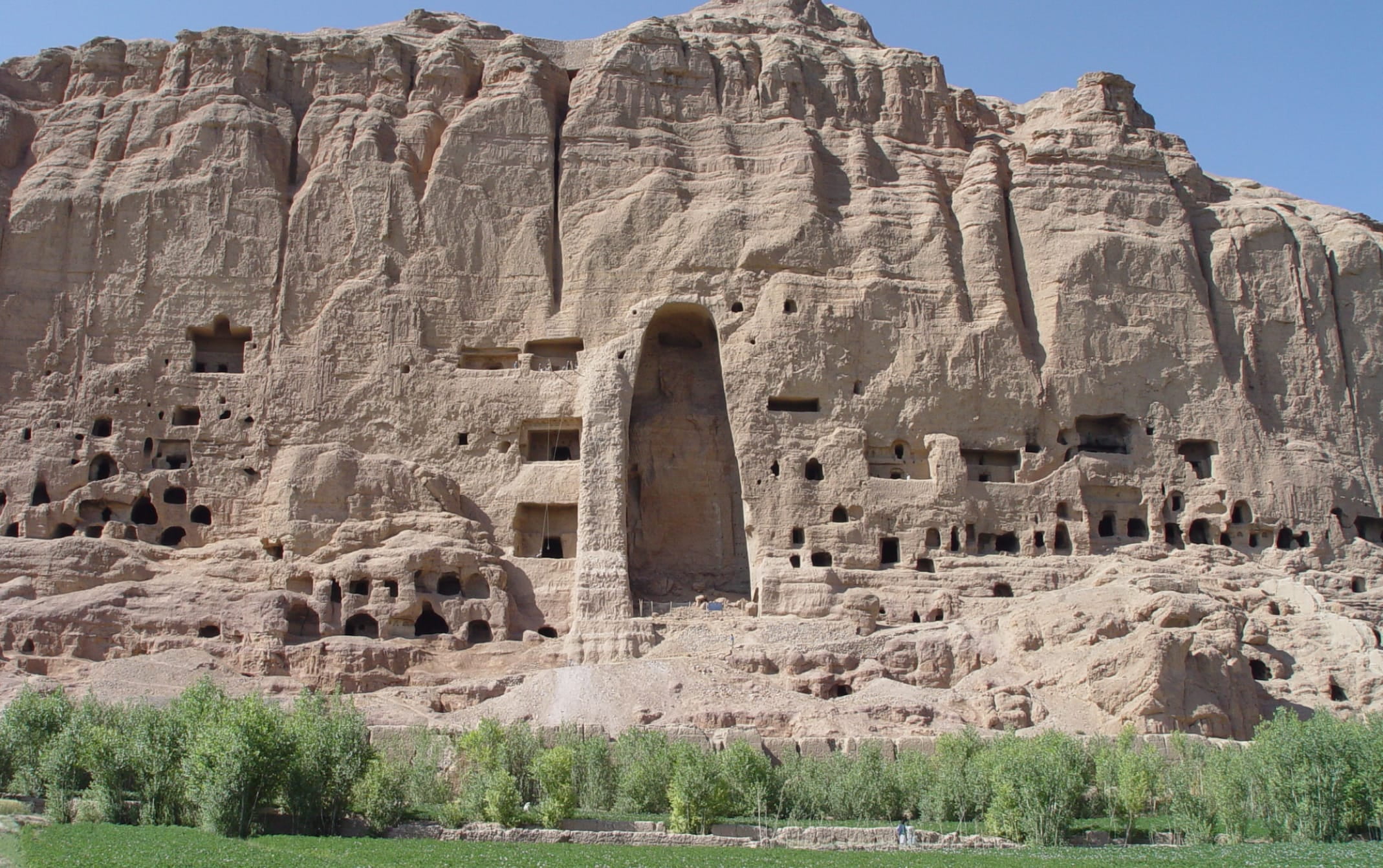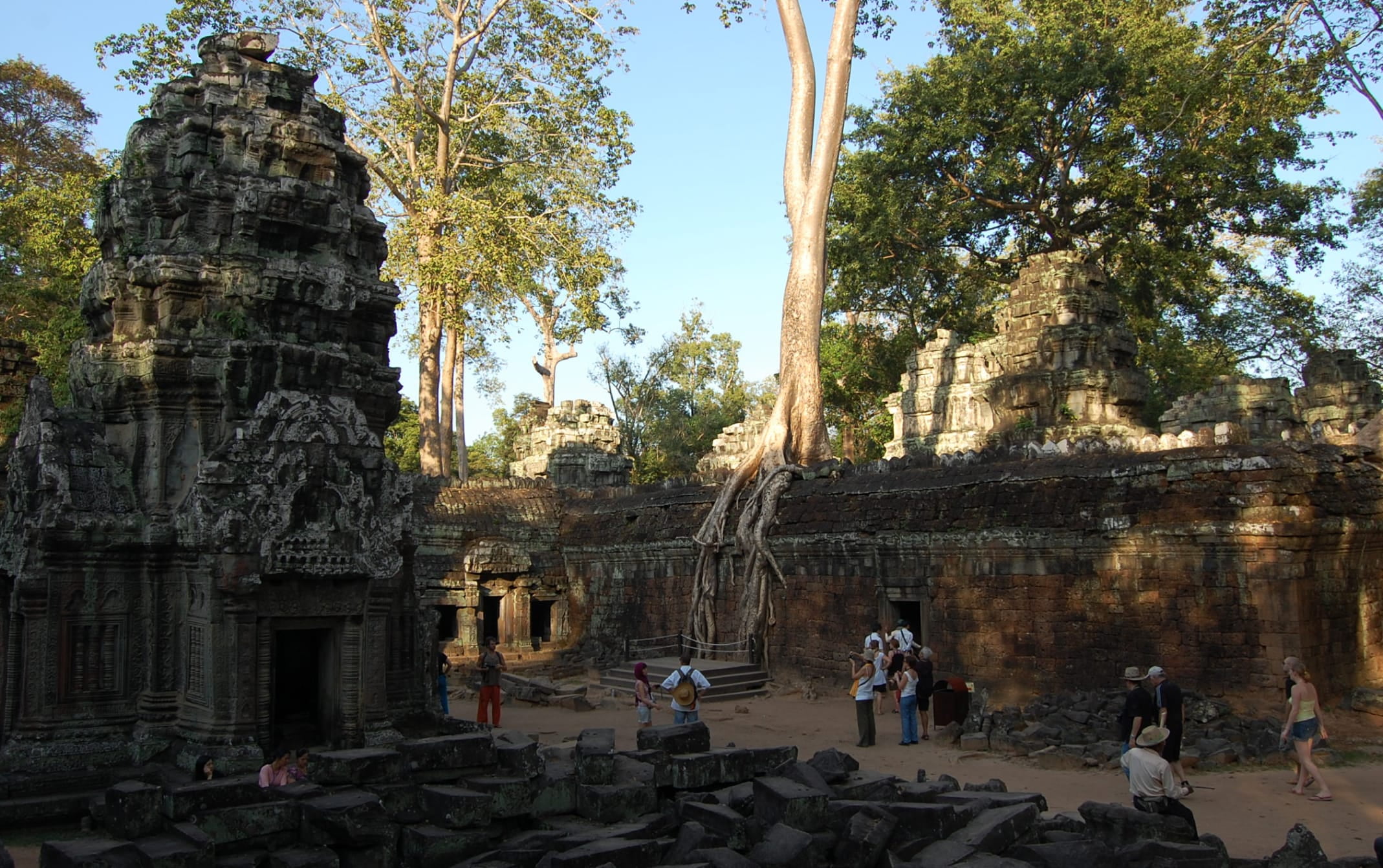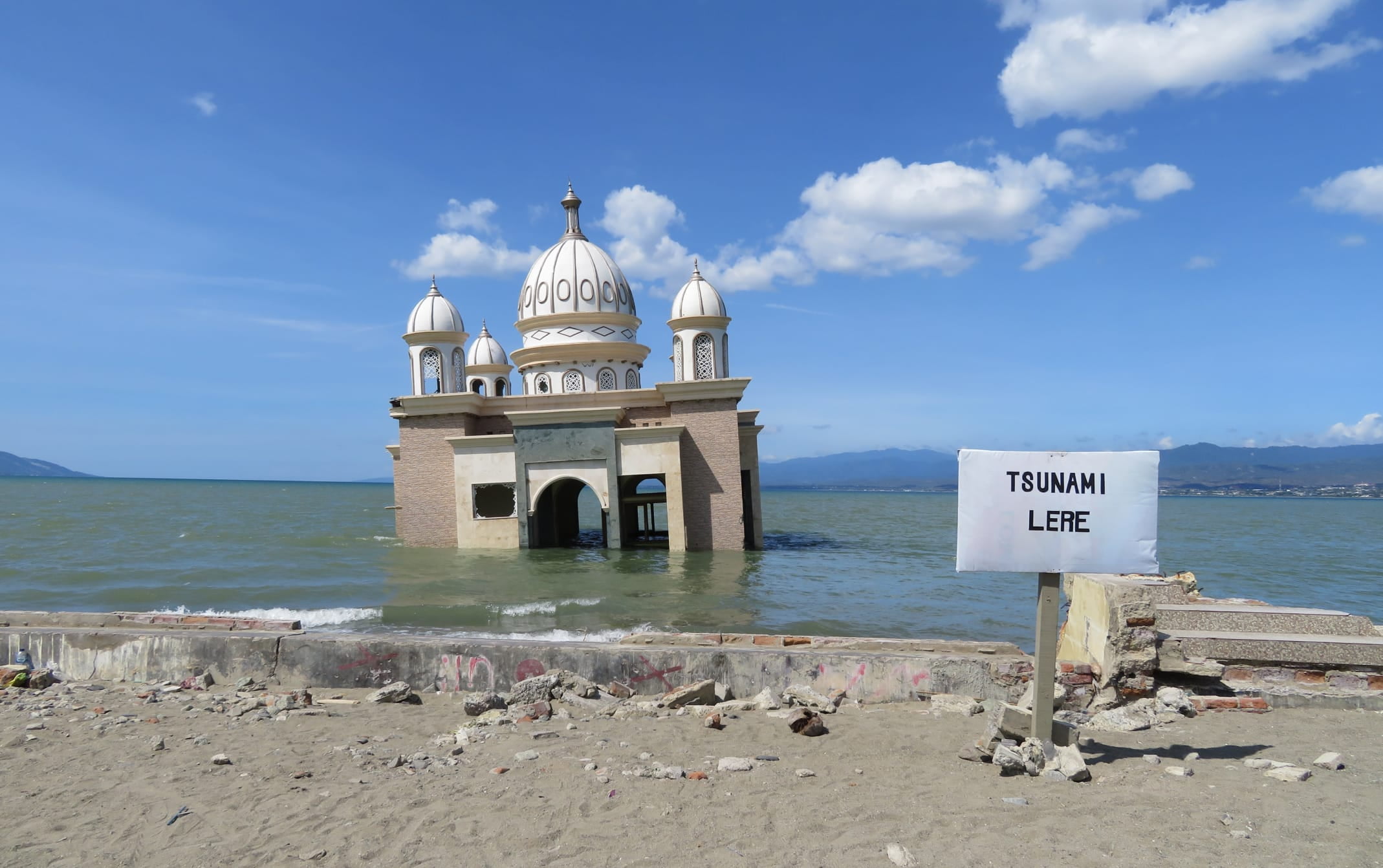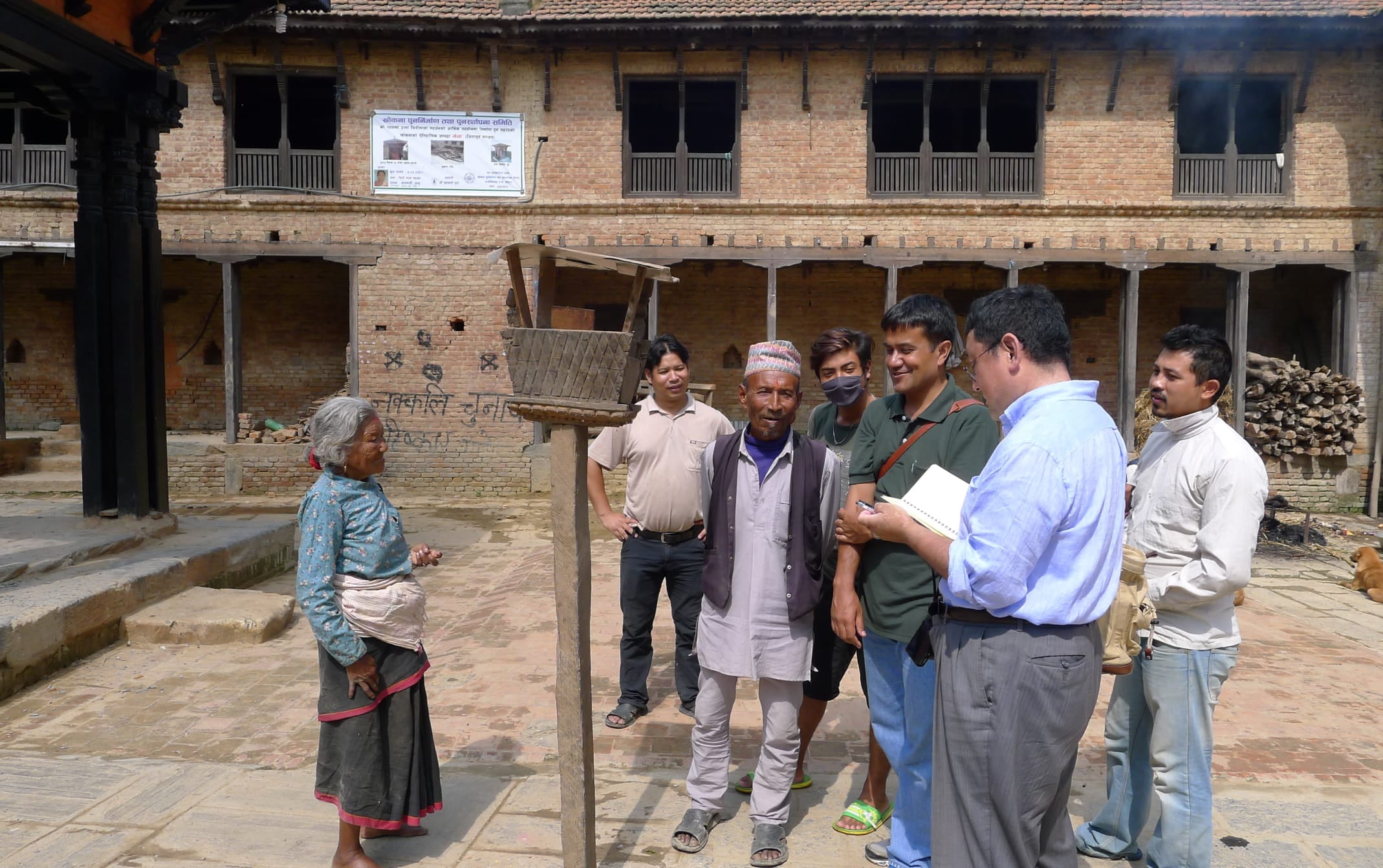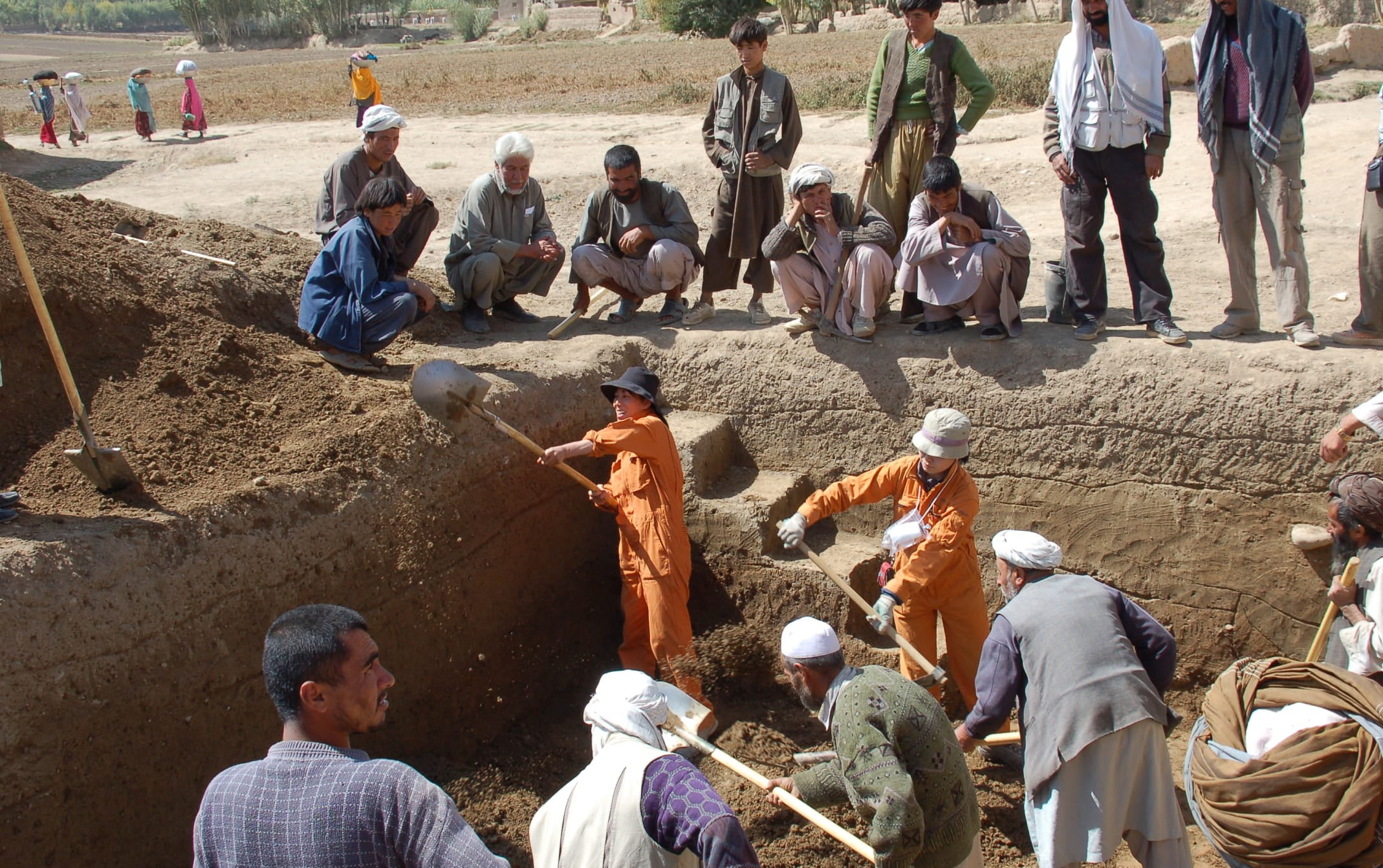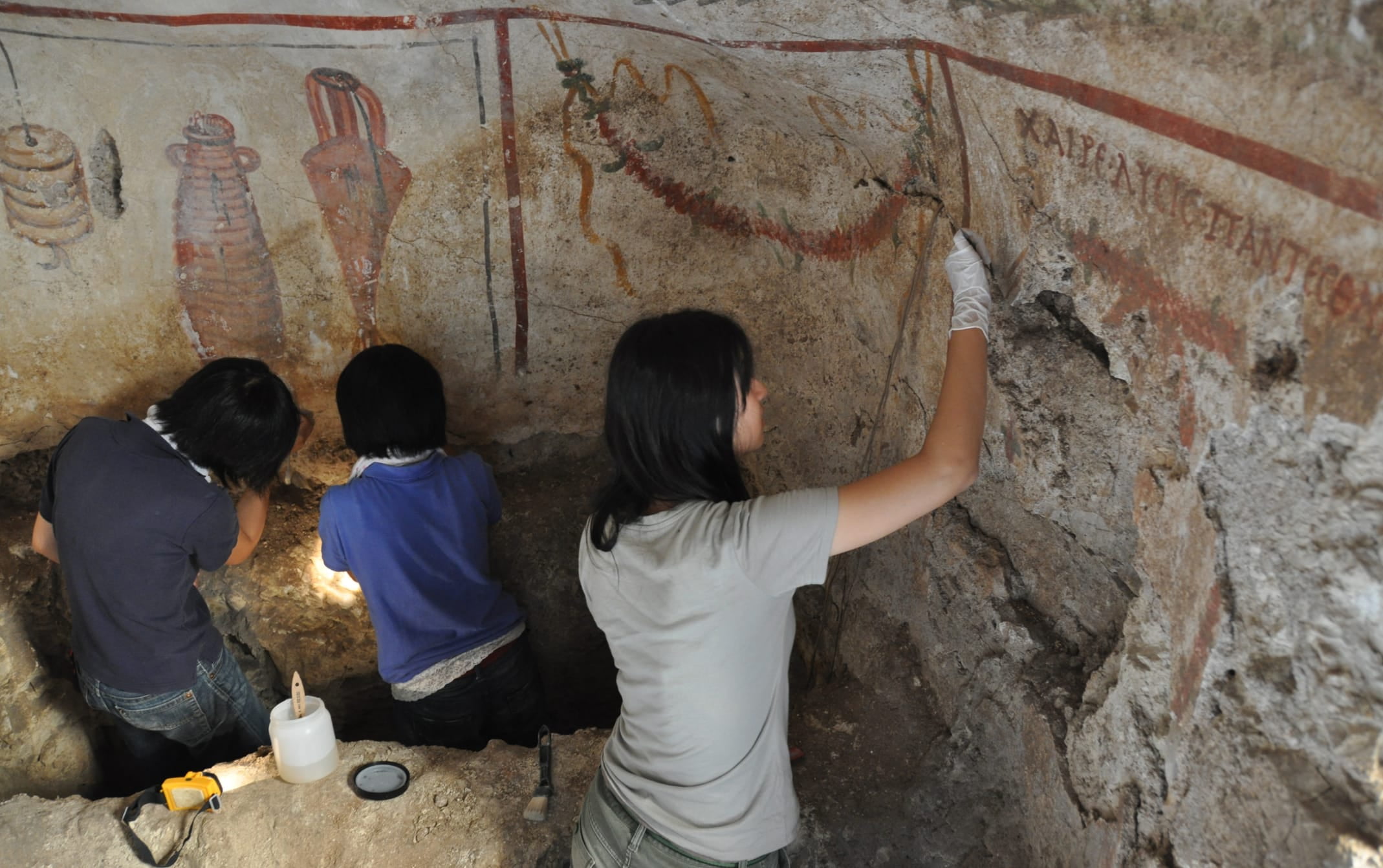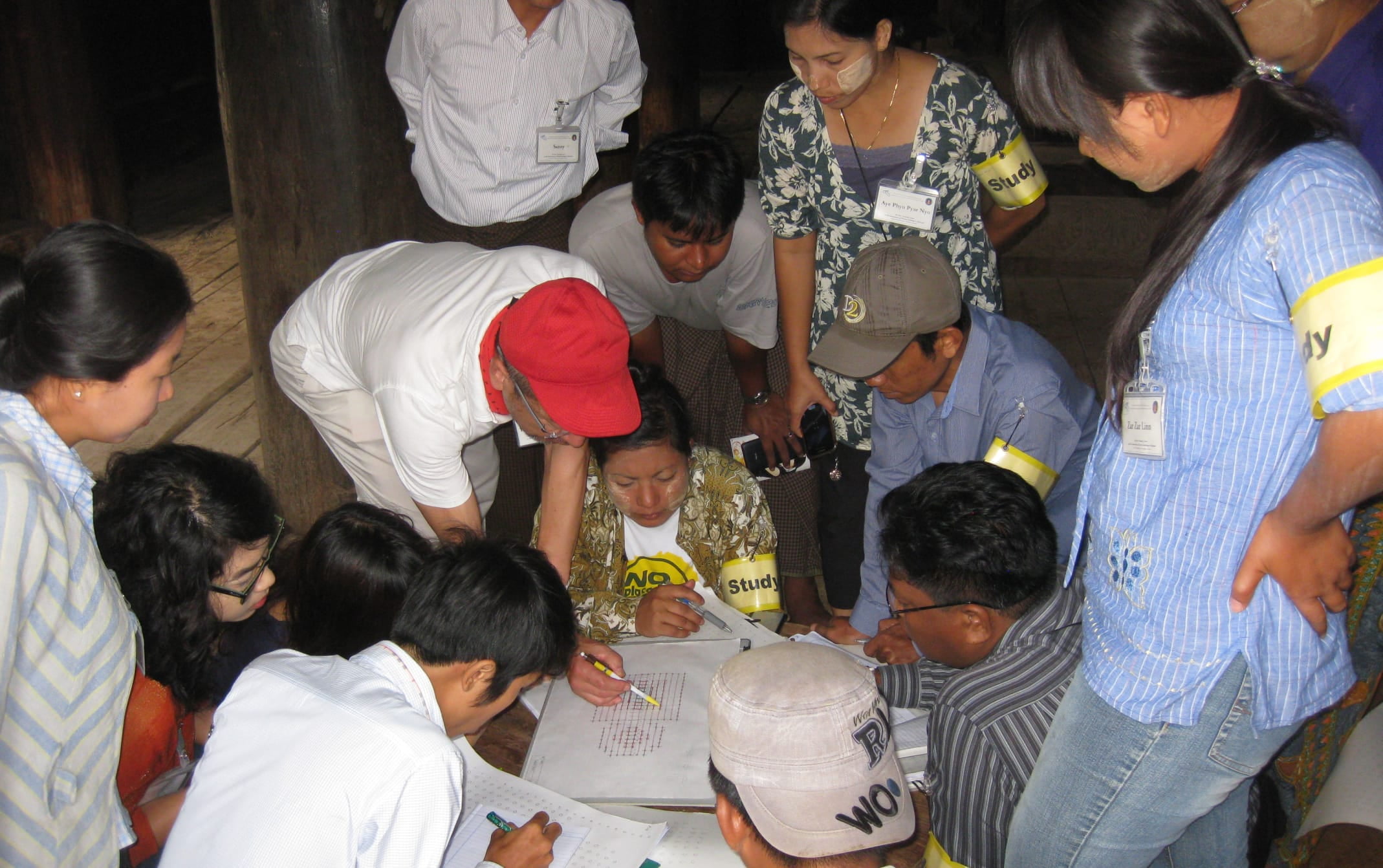
International Coorperation
Based on the belief that cultural heritage is a precious asset shared by all humankind and that we have a responsibility to pass it on to the future beyond national borders, we are promoting international cooperation for safegurding cultural heritage by bringing together all parties concerned in the public, academic, and private sectors.
Background
Why is international cooperation needed?
Throughout the world, there are cultural heritage sites in crisis due to warfare, conflict, climate change, natural disasters, and poverty. The wish to protect the heritage of humanity is a strong desire shared by all countries concerned as well as the world. However, it is often the case that technical, financial, and various other factors make it difficult for a single country to protect its cultural heritage alone. Today, even though globalization is advancing in various fields and there is a growing demand for the realization of a sustainable society, there are still regions that suffer from continuos conflicts. In such a time, activities to protect cultural heritage within a framework that transcends national borders play an extremely important role in international collaboration to address various social issues, such as understanding diverse values and responding to climate change, while reflecting on the repeated destruction and loss of heritage throughout our long history.

Story
A major impetus behind global recognition of the need for international cooperation across national boundaries with regard to protection of cultural heritage was the international campaign to save the Abu Simbel temples of Egypt. During the 1960s, an international campaign was initiated by UNESCO, to protect the temples from being submerged underwater as a result of the construction of the Aswan High Dam upstream on the Nile River.
As a result, the Abu Simbel temples were saved from submersion by relocating them to a safe location. This led to the recognition of the need for international cooperation to protect cultural heritage, as the heritage of all humanity. Eventually, this led to the adoption by UNESCO in 1972 of the Convention Concerning the Protection of the World Cultural and Natural Heritage.
Actors
Who takes part in these activities?
Cross-functional cooperation across a wide range of fields is essential to international cooperation in cultural heritage. It brings together the power of a diverse range of specialists from both the public and private sectors, including those involved in research, those involved in preservation and restoration, those building relevant systems and measures, and those training local human resources. To take advantage of Japan’s preservation and restoration technologies, which are recognized internationally to be at a very high level, together with the involvement of Japanese experts, efforts are focusing on training of human resources for sustainable preservation and restoration, so that in the future local people will be able to protect their cultural heritage with their own hands. In addition, the Japan Consortium for International Cooperation in Cultural Heritage (JCIC-Heritage) was established in June 2006 as an organization intended to build an domestic network to bring together into one single body the powers of institutions such as universities and research institutions and experts in Japan. This led to the formation of a network of experts and related parties, from government, academia, and private sectors, involved in international cooperation in cultural heritage, enabling more efficient cooperation as a result. This system is like none other in the world.
Government Budget for International Cooperation in Cultural Heritage (FY2022)
- Agency for Cultural Affairs of Japan ¥351 million
- Ministry of Foreign Affairs of Japan ¥1.8 billion
NOTICE: This is the amount of the "Japan’s Contributions to UNESCO", which is the sum of the former "UNESCO/Japan Funds-in-Trust” for the preservation of cultural heritage, safeguarding of intangible cultural heritage, and human resource development. Japanese Contributions to UNESCO are not limited to cultural heritage, but also include strategic projects in specialized fields under UNESCO, such as education, natural sciences, humanities and social sciences, culture, and communication and information, in which Japan contributes its expertise and knowledge.
Aid from private foundations
In Japan, private aid for research on protection of cultural heritage abroad and for its preservation and restoration is provided mainly by the following foundations.
- Sumitomo Foundation Preservation of cultural heritage (works of art and sites) overseas; restoration projects and maintenance; advanced research directly related to restoration
- Toyota Foundation Policy-advice activities in East Asia and Southeast Asia
- Foundation for Cultural Heritage and Art Research International exchange and cooperation related to protection of cultural heritage and art research
- Mitsubishi Foundation Empirical research in fields related to the humanities and social sciences


